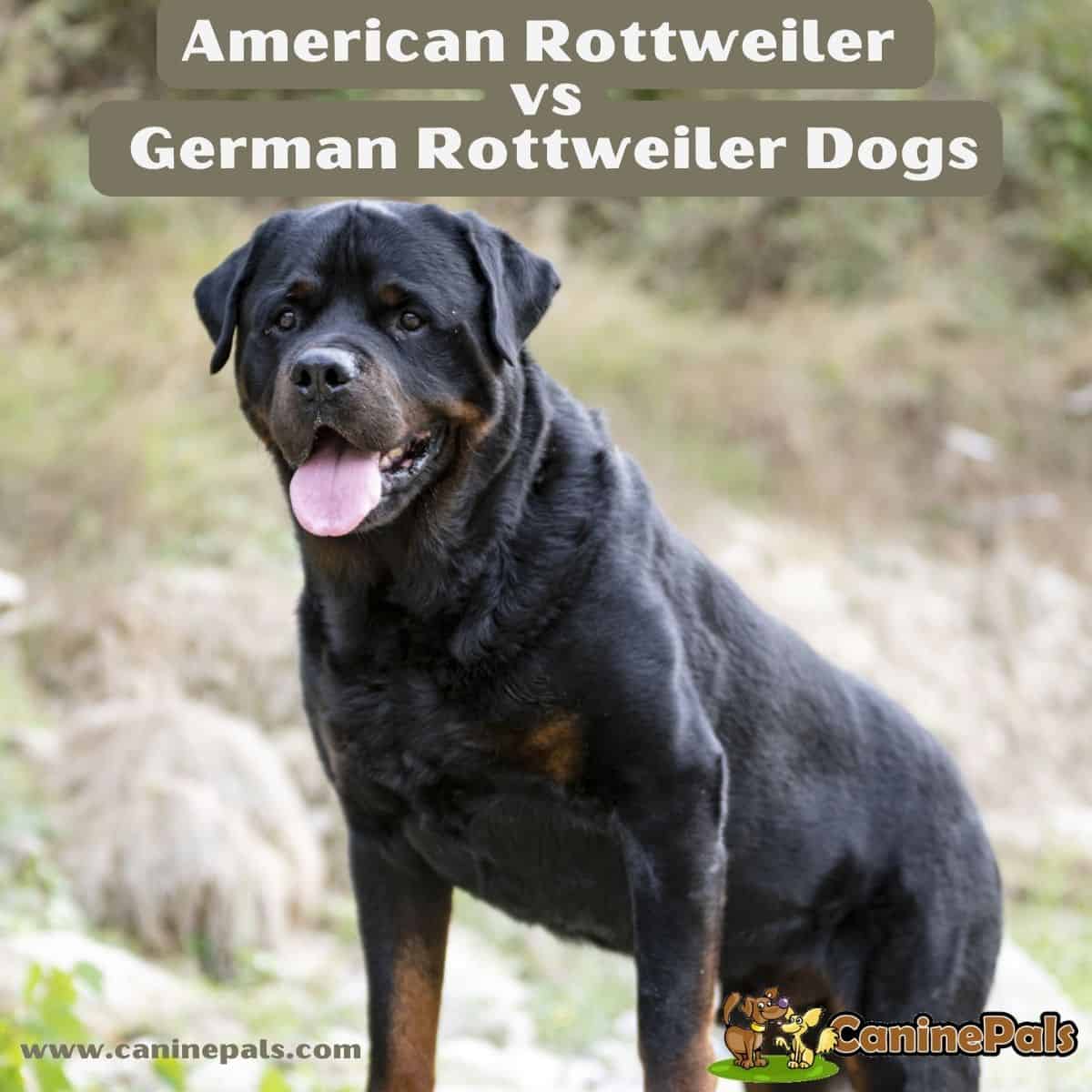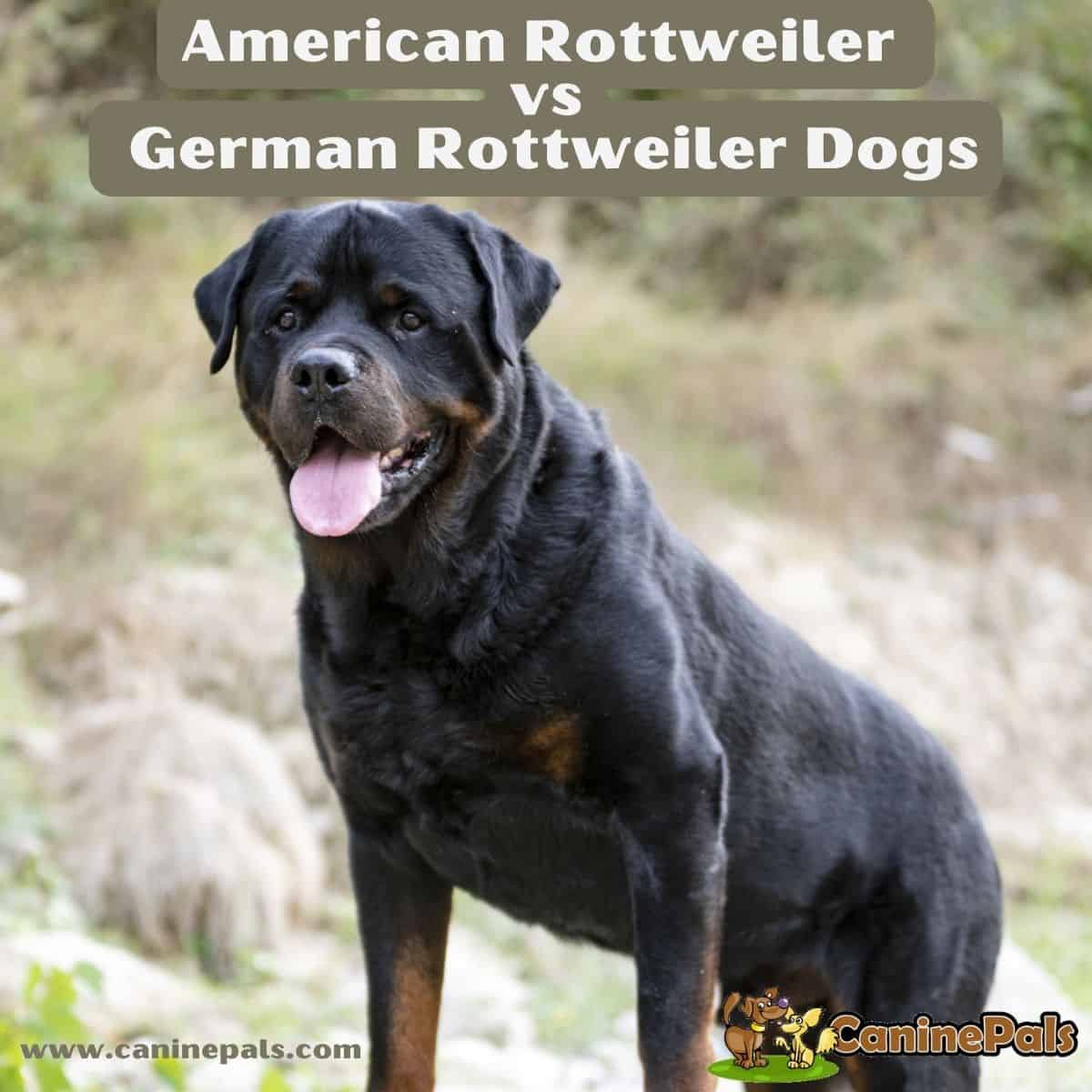Excessive drooling in Rottweilers can be a sign of a health issue or injury, so keeping an eye on your dog’s drooling habits is essential. While some drooling is normal, if you notice a sudden increase or your dog is drooling excessively, the best action is to consult a veterinarian to rule out any underlying health issues.
Training and proper breeding can also affect a Rottweiler’s drooling habits. Responsible breeders will take steps to breed healthier dogs and minimize excessive drooling. Training can also help reduce drooling in Rottweilers, as they can learn to control their habits in certain situations.
Do Rottweilers Drool?
Rottweilers are known for their large, jowly jaws, and some people wonder if this breed drools excessively. The answer is yes, Rottweilers do drool, but not all Rottweilers drool the same amount. In this section, we will explore the causes of drooling, health issues associated with excessive drooling, and training methods to control drooling.
As a Rottweiler owner, you might be familiar with their characteristic drooling. It’s a natural and expected response to various triggers such as heat, excitement, fear, or anxiety.
While it may be unsightly and uncomfortable, especially if you’re on the receiving end of a slobbery kiss, rest assured that there is a logical explanation for this behavior. Drooling is a common feature of this dog breed.

Summary: Do Rottweilers Drool?
- Rottweilers do drool, but not all Rottweilers drool the same amount.
- Excessive drooling can be a sign of a health issue or injury, so it’s essential to monitor your dog’s drooling habits and consult a veterinarian if you notice a sudden increase or excessive drooling.
- Training and proper breeding can also affect a Rottweiler’s drooling habits, and responsible breeders will take steps to breed healthier dogs and minimize excessive drooling.
Causes of Rottweiler drooling include the unique shape of their head and jaw, hunger, excitement, anxiety, and health issues such as dental problems, mouth injuries, nausea, and poisoning. - Training methods to control Rottweiler drooling include teaching the “leave it” command, using a drool bib, and regular dental care.
- Rottweilers are generally healthy, but prone to specific health issues like dental problems, gum diseases, and respiratory diseases that can cause excessive drooling.
- Dental problems include periodontal disease which can lead to tooth loss, dental chews and regular check-ups with a veterinarian can prevent and treat dental issues.
- Gum diseases include gingivitis, which can cause tooth loss and bone damage, regular dental care and check-ups with a veterinarian can prevent and treat gum diseases.
- Respiratory diseases can cause excessive drooling, keeping their environment clean and free from irritants can prevent respiratory problems, and regular veterinary check-ups can help identify and treat respiratory issues early on.
Causes of Rottweiler Drooling
Dog drool for many reasons, but Rottweilers have a unique head and jaw shape that can contribute to drooling, and their jowly jaws and lips can make drooling more prominent and messy. Additionally, Rottweilers with bigger heads, shorter muzzles, and more jowls tend to drool more.
Drooling can also be a sign of hunger, excitement, or anxiety. Rottweilers may drool when they see food, toys, or their owners. Some dogs may also drool excessively when they are nervous or stressed.
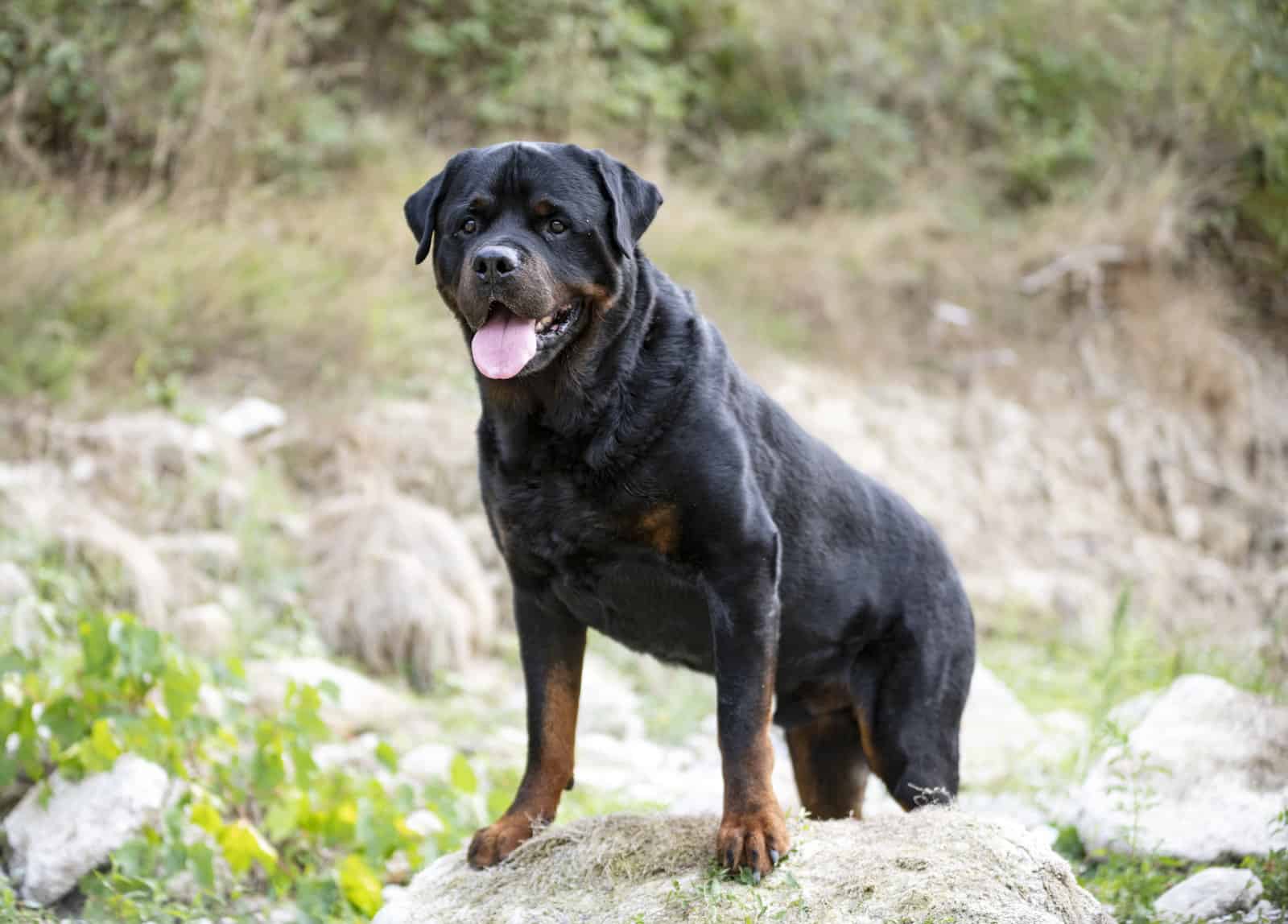
Health Issues Associated with Excessive Rottweiler Drooling
While drooling is normal for Rottweilers, excessive drooling can be a sign of health issues. Some health issues that can cause excessive drooling include:
- Dental problems: Rottweilers may drool excessively if they have dental issues such as gum disease, tooth decay, or abscesses.
- Mouth injuries: Injuries to the mouth, tongue, or teeth can cause excessive drooling.
- Nausea and digestive issues: Rottweilers with digestive problems or nausea may drool excessively.
- Poisoning: Ingesting toxic substances can cause excessive drooling in dogs.
If a Rottweiler is drooling excessively and there is no apparent cause, taking them for a veterinarian check-up is vital.
Training to Control Rottie Drooling
While eliminating drooling in Rottweilers may not be possible, some training methods can help control it. These include:
- Teaching the “leave it” command can redirect a Rottweiler’s attention away from things that may cause them to drool excessively.
- Using a drool bib: A drool bib can catch excess drool and prevent it from getting on furniture or clothing.
- Regular dental care: Regular dental care can help prevent dental issues that may cause excessive drooling.
Rottweiler owners need to know that these dogs do drool, but not all Rottweilers drool excessively. While drooling is normal behavior, excessive drooling can be a sign of health issues and should be addressed by a veterinarian. There are also training methods that can help control drooling in Rottweilers.
Health Issues in Rottweilers
Rottweilers are generally healthy dogs, but like all breeds, they are prone to specific health issues. In addition to drooling, Rottweilers may also suffer from dental problems, gum diseases, and respiratory diseases.
Dental Problems
Dental problems are a common health issue in Rottweilers. These dogs are prone to developing periodontal disease, a bacterial infection affecting the gums and the bones supporting the teeth.
Periodontal disease can lead to severe tooth loss and other health problems if left untreated. Providing dental chews and toys to help clean their teeth is essential to prevent dental issues in Rottweilers. Check-ups with your veterinarian can also identify and treat dental problems early on.
Gum Disease
Gum diseases are another common health issue in Rottweilers. These dogs are prone to developing gingivitis, a form of gum disease that causes bleeding and inflammation of the gums.
If left untreated, gingivitis usually progresses to severe periodontitis, leading to tooth loss and other health problems.
Providing them with a healthy diet and dental care is essential to prevent gum diseases in Rottweilers. This includes brushing their teeth regularly and providing them with dental chews and toys to help clean them. Check-ups with a veterinarian can also identify and treat gum diseases early on.
Respiratory Diseases
Respiratory diseases are another health issue that can affect Rottweilers. These dogs are prone to developing sinus infections, throat infections, and other respiratory problems that can cause them to drool excessively.
In some cases, Rottweilers may also develop esophagus problems, such as esophagitis or esophageal ulcers, which can cause them to drool and have difficulty swallowing.
To prevent respiratory diseases in Rottweilers, keeping their environment clean and free from irritants that can cause respiratory problems is essential. Again, regular veterinary check-ups can also help identify and treat respiratory issues early on.
Rottweilers are generally healthy dogs, but like all dog breeds, they are prone to specific health issues. Dental problems, gum diseases, and respiratory diseases are common health issues in Rottweilers that can cause them to drool excessively. Regular veterinary dental care and checkups can help prevent and treat these health issues in Rottweilers.
Common Health Issues in Large Dogs
Large dogs like Rottweilers are prone to specific health issues that can cause discomfort and even become life-threatening if left untreated.
Some of the common health issues that large dog breeds, including Rottweilers, may experience:
Bloat
Bloat is also known as gastric dilatation-volvulus (GDV). It is a severe condition that can occur in large dogs. It happens when the stomach fills with gas and twists, cutting off the blood supply to the stomach and other organs. This can cause the dog’s blood pressure to drop and, if not treated immediately, can result in death.
Symptoms of bloat include restlessness, pacing, drooling, and an enlarged abdomen. If you suspect your Rottweiler is experiencing bloat, seek veterinary care immediately.
Infections
Large dogs, like Rottweilers, are also prone to infections, including skin infections, ear infections, and respiratory infections. Bacteria, viruses, or fungi can cause infections and can cause discomfort, and pain for your Rottweiler.
To prevent infections, ensure your Rottweiler is up-to-date on vaccinations and clean their living area. If you suspect your Rottweiler has an infection, seek veterinary care immediately.
Injury
Large dogs, like Rottweilers, are also prone to injury, including sprains, strains, and fractures. Injuries can be caused by accidents or overexertion and can cause pain and discomfort for your Rottweiler.
To prevent injuries, ensure your Rottweiler gets enough exercise and avoid activities that could cause harm. If your Rottweiler does experience an injury, seek veterinary care immediately.
Discomfort
Large dogs like Rottweilers are also prone to discomfort, including joint pain, arthritis, and hip dysplasia. Discomfort can be caused by genetics or overuse and can cause pain and discomfort for your Rottweiler.
Ensure your Rottweiler gets enough exercise and maintains a healthy weight to prevent discomfort. If your Rottweiler does experience discomfort, seek veterinary care immediately.
Large dogs, including Rottweilers, are prone to specific health issues that can cause discomfort and even become life-threatening if left untreated. Taking preventative measures and seeking veterinary care immediately is essential if you suspect your Rottweiler is experiencing these common health problems.
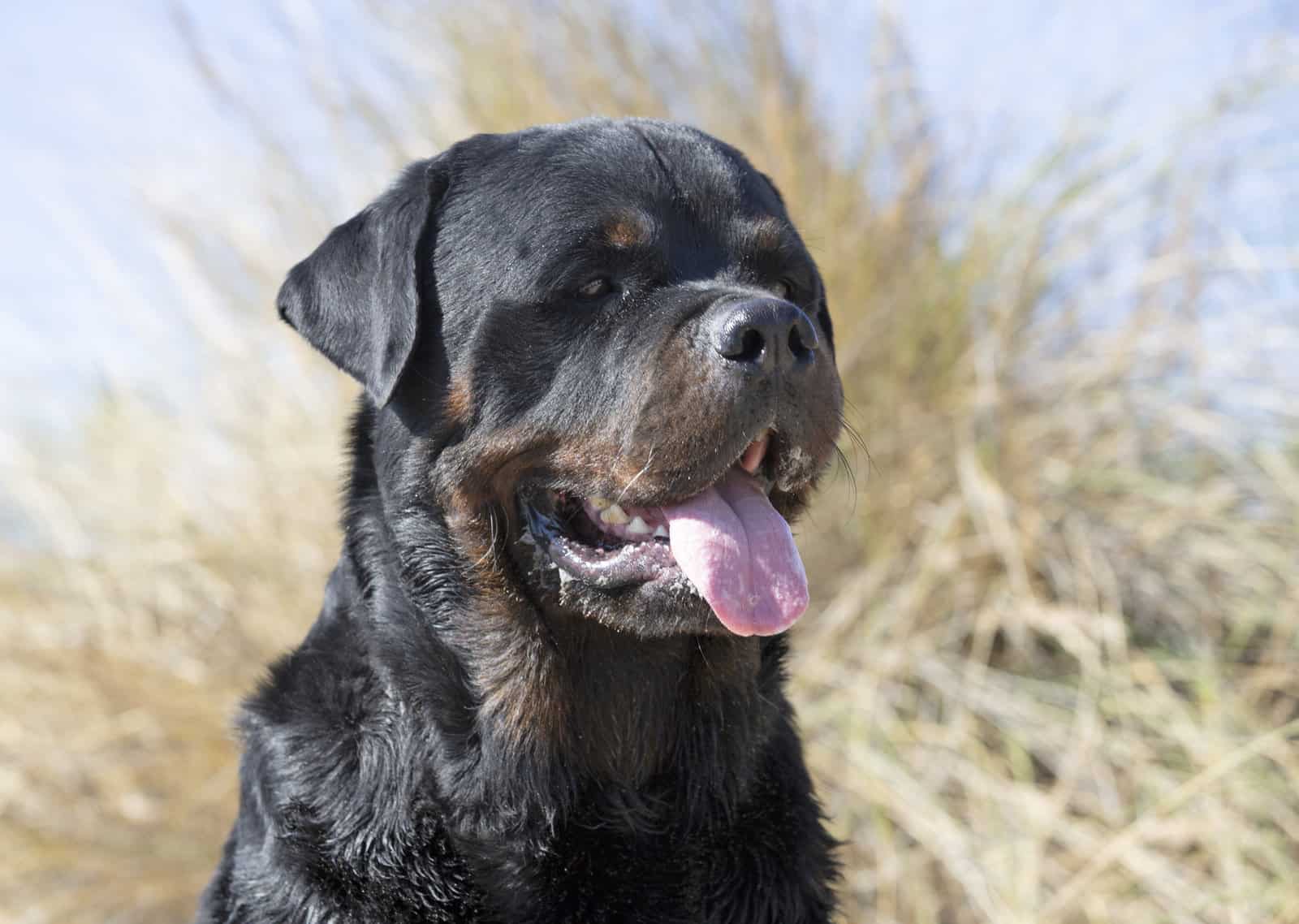
Training and Socialization for Rottweilers
Rottweilers are a breed of dog that requires proper training and socialization to prevent aggressive and dominant behavior. The following subsections discuss some critical aspects of training and socialization for Rottweilers.
Aggressive Behavior
Rottweilers can display aggressive behavior if they are not adequately trained and socialized. This can be a severe problem, especially if the dog is not adequately controlled.
Rottweilers are generally confident and independent dogs, sometimes leading to aggressive behavior towards other dogs or people. It is essential to address any aggressive behavior early on to prevent it from becoming a severe issue.
Guarding and Dominance
Rottweilers are known for their guarding instincts, which can sometimes lead to dominant behavior. Establishing yourself as the pack leader early on is essential to prevent dominance issues.
Rottweilers can be trained to be excellent guard dogs, but it is crucial to ensure they are correctly socialized and trained to prevent aggressive behavior toward strangers.
Socialization and Training
Socialization is an essential aspect of training for Rottweilers. Exposing the dog to various people, animals, and situations is important to prevent any aggressive or fearful behavior. Rottweilers should be socialized from a young age to ensure they are comfortable around other dogs and people.
Training should be positive and consistent, using reward-based methods to reinforce good behavior. Rottweilers are intelligent dogs and respond well to training, but it is essential to be patient and consistent to achieve the desired results.
Training and socialization are vital for Rottweilers to prevent aggressive and dominant behavior. Owners should establish themselves as pack leaders and use positive reinforcement to train their dogs. Socialization from a young age is also vital to ensure the dog is comfortable around other dogs and people.
Traveling with Rottweilers
Traveling with Rottweilers can be an exciting and fun experience for you and your furry friend. Make sure you’re ready for anything by being fully prepared for any potential issues during travel. Here are some tips for traveling with Rottweilers.
Car Sickness
Some Rottweilers may experience car sickness during travel. Symptoms of car sickness in dogs include drooling, vomiting, and restlessness. To prevent car sickness, it is recommended to feed your Rottweiler a light meal a few hours before travel and to avoid feeding them while in the car. Additionally, providing your Rottweiler puppy with plenty of fresh air and taking frequent breaks for exercise and bathroom breaks is vital.
Medications
Medication may be necessary to prevent car sickness in Rottweilers, and it is crucial to seek advice from your veterinarian before giving your Rottweiler any medication. Common medicines used to avoid car sickness in dogs include Dramamine and Cerenia, and these medications should only be given under the guidance of a veterinarian.
Treatments
In addition to medications, other treatments can help prevent car sickness in Rottweilers. Some natural remedies include ginger, chamomile, and lavender, which can be given as treats or oils. It is essential to consult with your veterinarian before giving your Rottweiler any natural remedies.
Overall, traveling with Rottweilers can be an enjoyable experience. By being prepared and taking the necessary precautions, you can ensure a safe and comfortable trip for you and your furry friend.
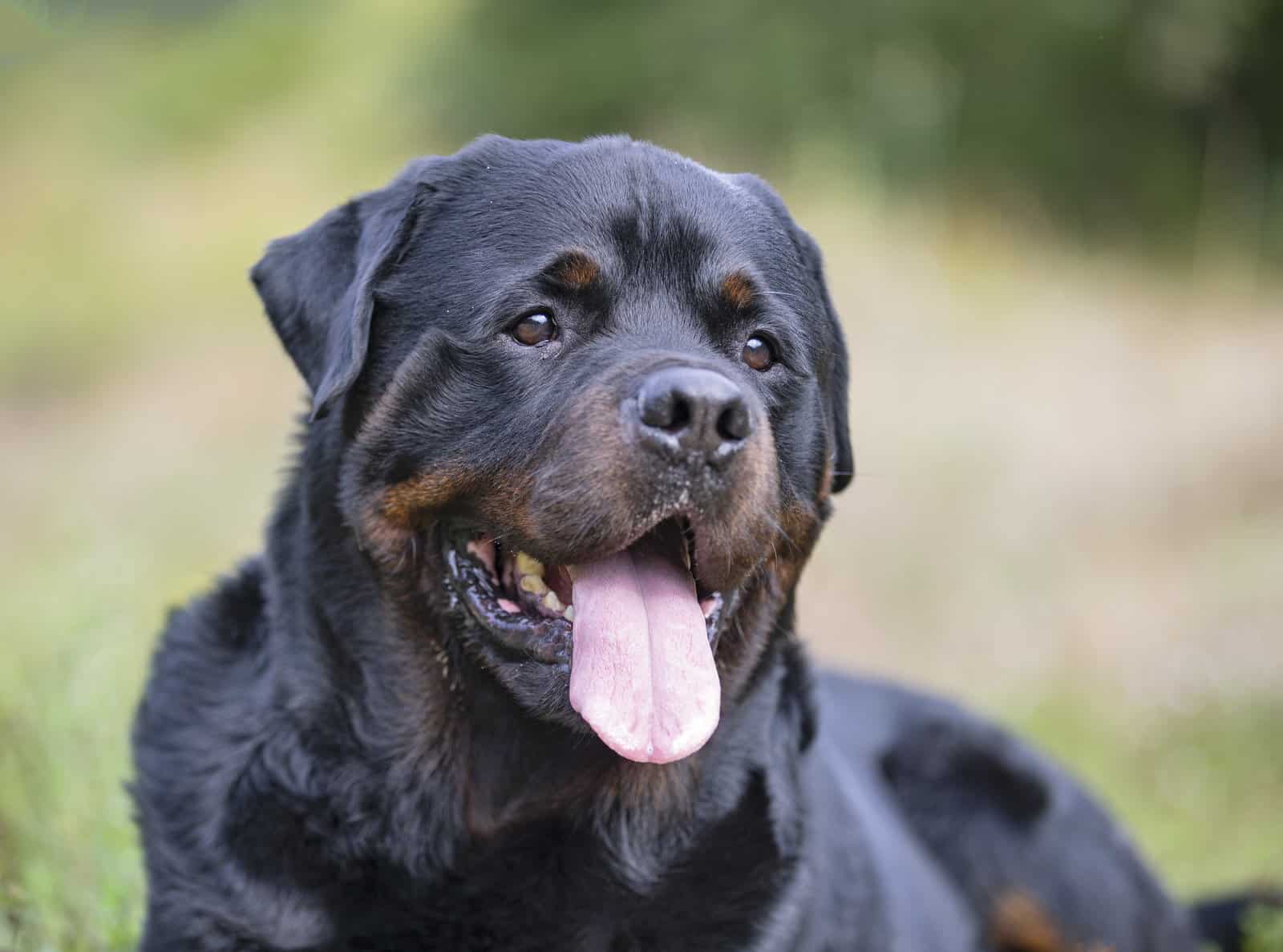
Do Rottweilers Drool: Conclusion
In conclusion, it is clear that Rottweilers do drool, but the amount and frequency vary from dog to dog. Factors such as breed, gender, and health can affect how much a Rottweiler does drooling. While some Rottweilers may drool more than others, drooling can indicate an underlying health issue.
It is important for Rottweiler owners to keep an eye on their dog’s drooling habits and seek veterinary attention if they notice any sudden changes. Loose lips, throat infections, hypersalivation, and heatstroke are some health problems that can cause excessive drooling in Rottweilers.
Additionally, Rottweiler breeders should be aware of the potential for drooling in their dogs and inform potential owners of this trait. It is vital for owners to understand that Rottweilers are not the only dog breed that drools. Other dog breeds such as Saint Bernards, Newfoundlands, and any other large dog breed with a big head and skin folds also drool.
Owners can do a few things to manage drooling in Rottweilers. Keeping the dog cool and hydrated can help reduce drooling due to heatstroke while addressing gastrointestinal upset and hunger can also help. Regular dental check-ups and cleaning can also help reduce drooling caused by oral health issues.
While drooling may be a common trait in Rotties, Rottweiler owners must understand the potential causes and seek veterinary attention if necessary. With proper care and attention, Rottweilers can live happy, healthy lives without excessive drooling.
Copyright CaninePals.Com. All Rights Reserved.
References and Further Reading:


